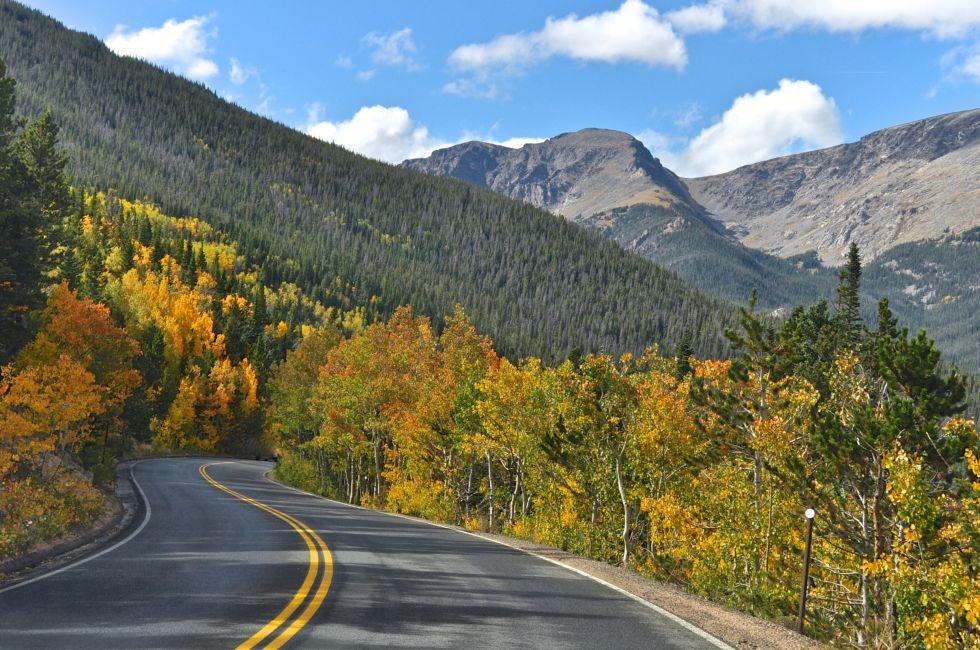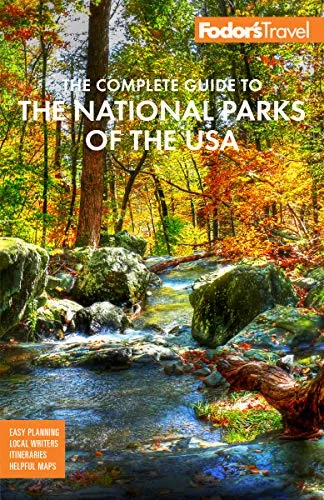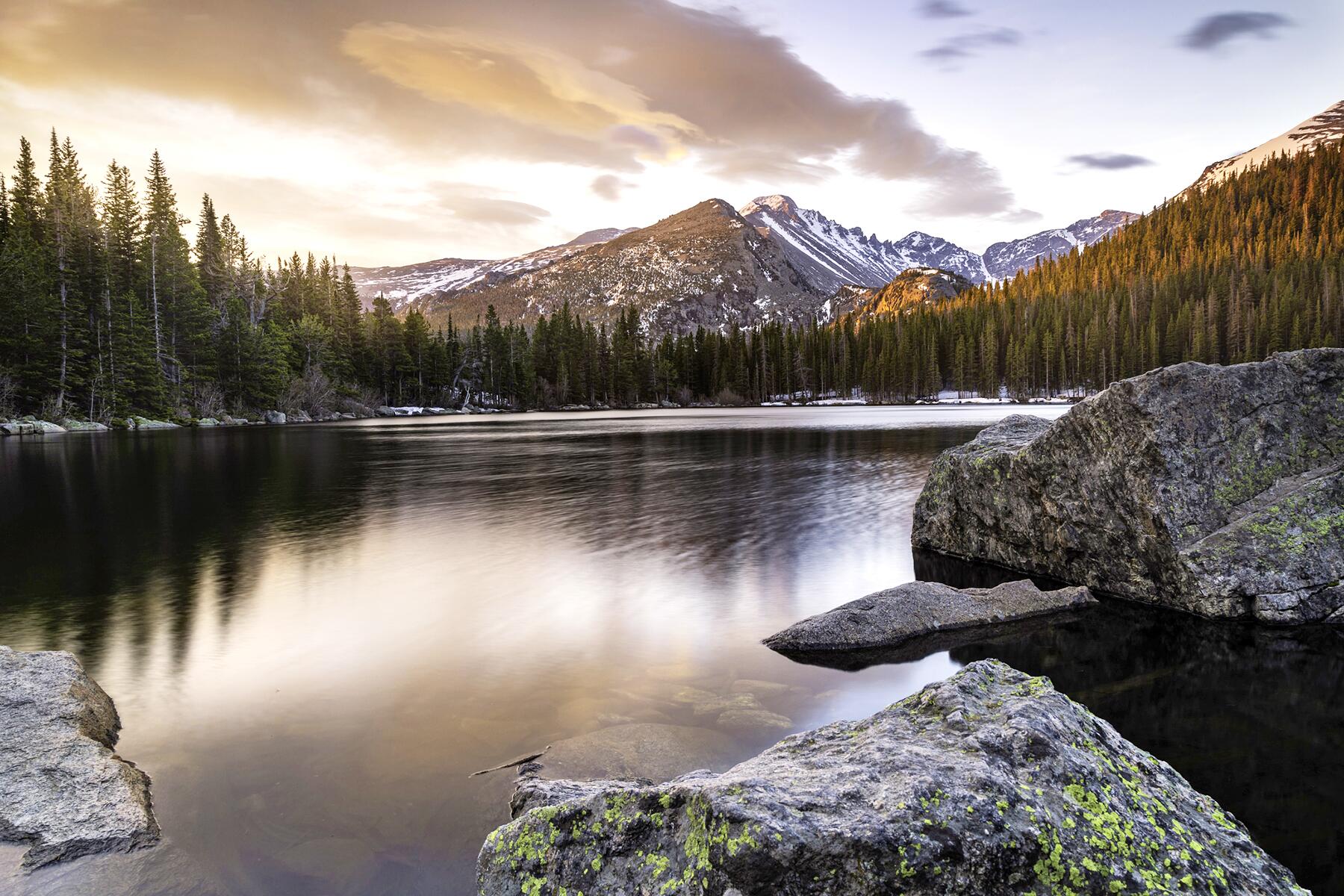Rocky Mountain National Park
Rocky Mountain National Park
With its towering mountains, active and abundant wildlife, and crystal clear lakes and rivers, Rocky Mountain attracts nearly 5 million visitors per year, trailing only the Grand Canyon and the Great Smoky Mountains in the country’s most visited national parks. Established as the 10th national park in 1915, the picturesque land has attracted humans since at least 11,000 years ago, based on the archaeological artifacts like shelters and speartips that have been found throughout the park.
These ancient people used the very same trail as today's visitors: the 48-mile Trail Ridge Road. With an apex of 12,183 feet, the road travels from the east side Estes Park entrance, across the Continental Divide, to the west side Grand Lake entrance, giving even nonhikers a close look at the mont...
Read MoreWith its towering mountains, active and abundant wildlife, and crystal clear lakes and rivers, Rocky Mountain attracts nearly 5 million visitors per year, trailing only the Grand Canyon and the Great Smoky Mountains in the country’s most visited national parks. Established as the 10th national park in 1915, the picturesque land has attracted humans since at least 11,000 years ago, based on the archaeological artifacts like shelters and speartips that have been found throughout the park.
These ancient people used the very same trail as today's visitors: the 48-mile Trail Ridge Road. With an apex of 12,183 feet, the road travels from the east side Estes Park entrance, across the Continental Divide, to the west side Grand Lake entrance, giving even nonhikers a close look at the montane, subalpine, and alpine ecosystems found at different areas of the park.
Those who do hike have their pick of more than 355 miles of trails, with paths suited for every ability level. The park’s high altitude—the lowest elevation starts at 7,000 feet above sea level—often affects out-of-towners, but a good night’s sleep and healthy hydration go a long way. The park is famous for its robust elk population, especially active in “Elk-tober” when the elk come to lower elevations for their annual mating season. Moose are more common on the west side near the Kawuneeche Visitor Center and near rivers and lakes, while bighorn sheep are best spotted in late spring and early summer at the appropriately named Sheeps Lake in Horseshoe Park.
Rocky Mountain has more than 1,000 archaeological sites and 150 buildings of historic significance; 47 of the buildings are listed in the National Register of Historic Places. Most buildings at Rocky Mountain are done in the rustic style, which strives to incorporate nature into man-made structures.
Though the park has year-round access and activities, most visitors come between late spring and mid-autumn when Trail Ridge Road remains open. In the high summer months, the east side entrance and lower elevation trails can become quite congested, so beat the crowds by using the west entrance or arriving before 8 am. In 2020, a pair of devastating fires swept across approximately 30,000 acres, around 9% of the park, primarily in the west and far north part of the park, so check the latest conditions and closures on the park's website before setting off.








